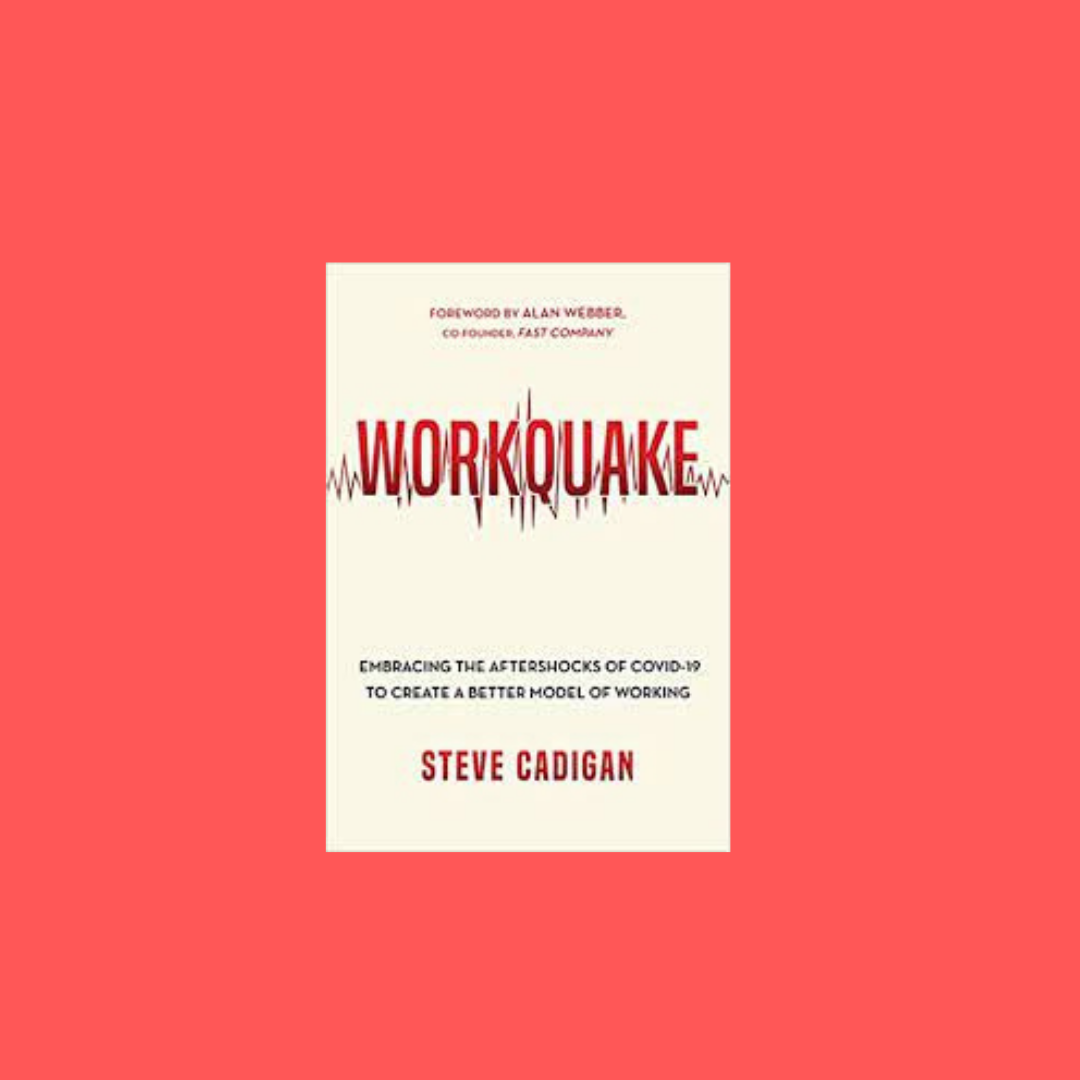
“Workquake” by Steve Cadigan
Rating: 4/5
In Workquake, Steve Cadigan examines current workplace trends and our prevailing narratives about the employee-employer relationship. This book was timely in that it came out during the pandemic. That said, the workplace trends and changes talked about in the book had already been happening in the years leading up to the pandemic. The pandemic just accelerated our noticing of the impacts of these changes. Through data and well-placed stories, Cadigan explores these workplace shifts. He argues that maybe, more than ever before, the only work certainty is uncertainty. And to be ready for that, we need to challenge our existing views about work and our relationship to work.
I knew that this book resonated with me because I told at least 10 people about it within a few days of finishing it. To be honest, I wasn’t sure what to expect when I was considering the book. I was probably medium-interested when I first heard about it. And then I read the book foreword written by Alan Webber (co-founder of Fast Company Magazine and former managing editor of the Harvard Business Review). It was such an authentic and lovely account of the author as well as a compelling argument for why we should read this book. I was sold.
Okay, so enough about my review of the foreword.
This book is divided into two parts. Part one speaks to employees. Specifically, Cadigan talks about what “career insurance” looks like now and what it will continue to look like in the future. He encourages employees to let go of traditional workplace expectations and instead focus on taking the time to be more human, foster a learning mindset, and dynamically manage our careers. Read the first part of this book if you feel restless in your job, if you are a parent worried about career options for your kids, or if you’re an employer who wants to understand what is important to employees now.
Part two of the book speaks to employers. Cadigan asks employers to let go of outdated ways of thinking about work and employees. He encourages employers to take a long view, shifting from a “retain the employee” strategy to a “retain the relationship” strategy. He provides practical ideas (7 talent models to consider), tips on how to rethink employee departures (which are inevitable), and makes the case for moving from the concept of career paths to employee journeys.